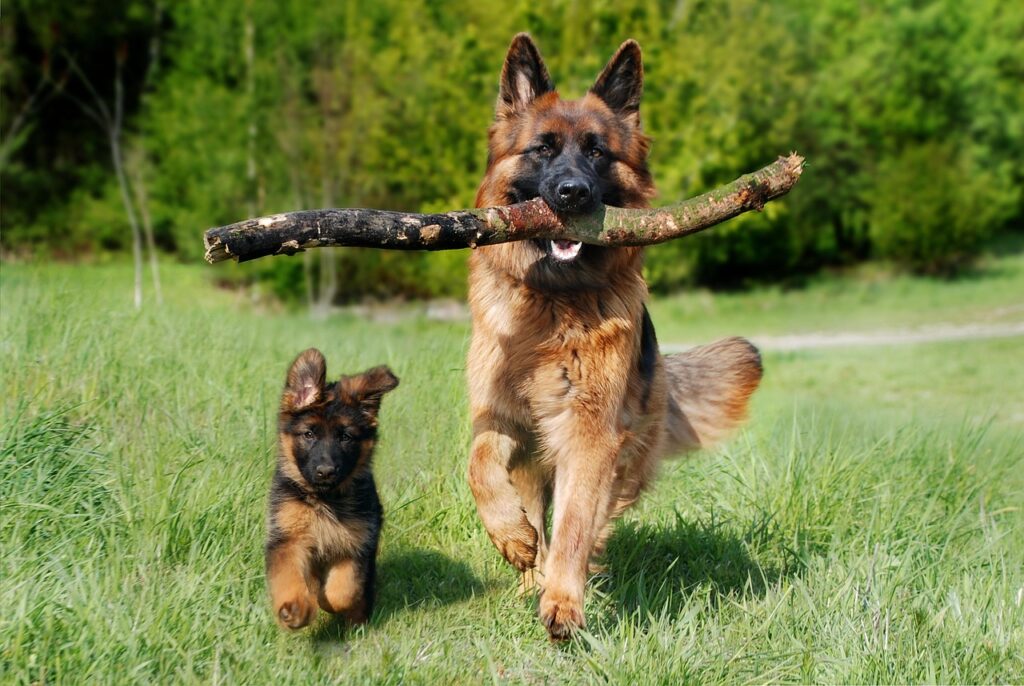How do you prevent a dog from getting wounds?
Preventing Dog Wounds
Tips for preventing dog wounds and ensuring your furry friend stays healthy and happy.

As dog owners, we all want our furry friends to be healthy and happy. One way to ensure their wellbeing is by taking steps to prevent injuries and wounds. In this article, we’ll provide tips for preventing dog wounds so that you can keep your pup safe and healthy.
Common Causes of Dog Wounds
There are several common causes of dog wounds, including:
- Accidents: Dogs can get injured by getting hit by a car, falling, or getting into fights with other animals.
- Infections: Dogs can get infected wounds from bacteria, viruses, or fungi.
- Scratches and bites: Dogs can scratch or bite themselves or get bitten by other animals.
7 Essential Tips to Prevent Dog Wounds
Your dog’s safety and well-being are paramount. Here’s how you can proactively keep them free from injuries:
Constant Supervision: Always monitor your dog, especially when outdoors or around unfamiliar animals. This minimizes the risk of unexpected confrontations or mishaps.
Effective Training: Properly trained dogs are less likely to engage in hazardous behaviors, such as wandering off or aggressively jumping. Discover a unique system that harnesses your dog’s natural intelligence for impeccable behavior. Click here to learn more.
Leash Discipline: Ensure your dog is leashed during walks. This not only keeps them safe from traffic but also prevents potential conflicts with other animals.
Maintain a Clean Environment: Regularly sanitize your dog’s living space. A clean environment minimizes infection risks.
Routine Grooming: Grooming isn’t just about looking good. It helps prevent skin issues and infections.
Stay Updated on Vaccinations: Vaccines are crucial in warding off specific infections that might compromise your dog’s health.
Invest in Preventative Care: Utilize products like flea and tick repellents to shield your dog from harmful bites.
Nobody wants to witness his pet in a scene like this. There are ways to prevent it. Efective training can ensure your pet’s safety and well-being.
A trained dog is more than just a pet; it’s a loyal friend, a trusted ally, and an integral part of your family Proper training transcends simple tricks or obedience; it ensures the safety, happiness, and well-being of both the dog and its owner. When a dog understands your commands and expectations, it fosters a deeper bond and mutual respect.
Moreover, a well-trained dog is a content dog. They’re less prone to resort to harmful actions. They’re more adaptable to new situations, less anxious in unfamiliar environments, and more predictable in their reactions.
However, keep in mind that not every training approach is equally effective. It’s crucial to choose a method that respects the dog’s individuality, promotes positive reinforcement, and addresses the root causes of behavioral issues. This isn’t just about teaching your dog to sit or stay; it’s about understanding their needs, motivations, and emotions to cultivate a harmonious coexistence.
What to Do if Your Dog Gets a Wound
Despite your best efforts, your dog may still get a wound. Here’s what to do if your dog gets a wound:
-
Clean the wound: Use a clean cloth to gently clean the wound with warm water and mild soap.
-
Apply an antiseptic: Once the wound is clean, apply an antiseptic solution such as hydrogen peroxide or iodine to kill any bacteria that may be present.
-
Cover the wound: Use a sterile bandage or dressing to cover the wound and keep it clean.
-
Monitor your dog’s condition: Keep a close eye on your dog’s wound and monitor their behavior. If you notice any signs of infection, contact your veterinarian immediately.
Conclusion
Preventing dog wounds is crucial to ensuring your furry friend stays healthy and happy. By following the tips outlined in this article, you can prevent injuries and keep your pup safe. If your dog does get a wound, always consult with your veterinarian for the best treatment plan.
references to support the tips for preventing dog wounds and keeping your furry friend healthy:
- Supervise your dog:
- American Veterinary Medical Association (AVMA) – Supervising your dog: https://www.avma.org/resources/pet-owners/petcare/
- Keep your dog on a leash:
- American Kennel Club (AKC) – Leash Training 101: https://www.akc.org/expert-advice/training/leash-training-101/
- Centers for Disease Control and Prevention (CDC) – Dog Bites: https://www.cdc.gov/features/dog-bite-prevention/index.html
- Keep your dog’s living area clean:
- American Kennel Club (AKC) – How to Clean Your Dog’s Bedding: https://www.akc.org/expert-advice/health/how-to-clean-dogs-bedding/
- The Humane Society of the United States (HSUS) – Cleanliness and Your Dog: https://www.humanesociety.org/resources/cleanliness-and-your-dog
- Regularly groom your dog:
- American Society for the Prevention of Cruelty to Animals (ASPCA) – Grooming: https://www.aspca.org/pet-care/dog-care/dog-grooming-tips
- AVMA – Brushing Your Dog’s Teeth: https://www.avma.org/resources/pet-owners/petcare/brushing-your-dogs-teeth
- Keep your dog up-to-date with vaccinations:
- AVMA – Vaccinating Your Pet: https://www.avma.org/resources/pet-owners/petcare/vaccinating-your-pet
- Use preventative products:
- AKC – Flea and Tick Prevention for Dogs: https://www.akc.org/expert-advice/health/flea-and-tick-prevention-for-dogs/
- HSUS – Flea and Tick Control: https://www.humanesociety.org/resources/flea-and-tick-control
- Train your dog:
- AKC – Basic Dog Training: https://www.akc.org/expert-advice/training/basic-dog-training-tips/
- HSUS – Dog Training: https://www.humanesociety.org/resources/dog-training
How Much Water Should My Dog Drink?
Dog Weight (in pounds)
Amount of Water per Day (in ounces) =

